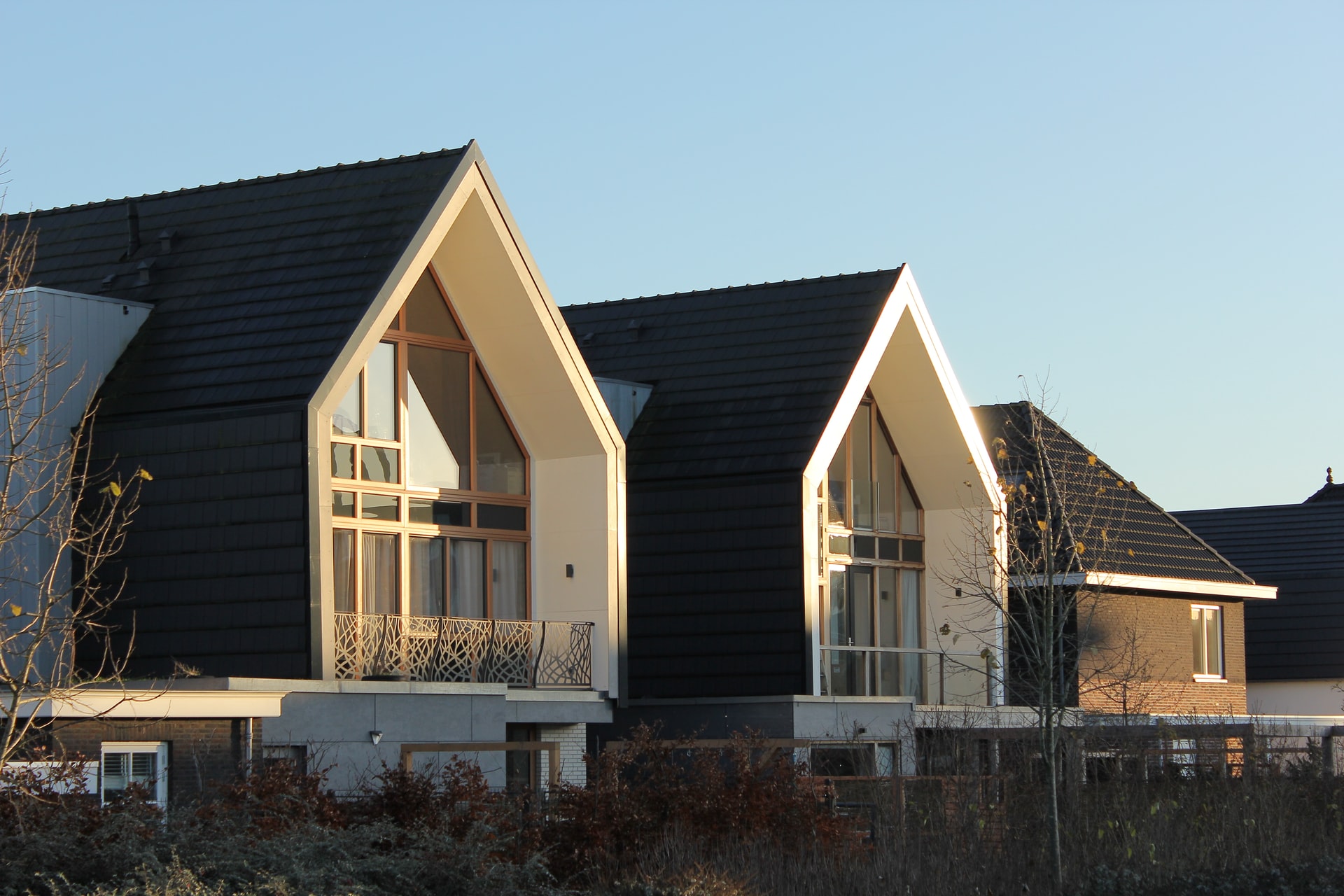Are you having trouble getting approved for a traditional mortgage due to income verification issues? A no-doc mortgage could be a viable alternative to secure the funding you need to purchase a home. Read on to learn more about how they work, key benefits and drawbacks worth considering and how to get a no-doc mortgage.
What Is a No-Doc Mortgage?
A no-doc mortgage is a type of home loan available to borrowers who have irregular income or are unable to provide pay stubs or W2s because they’re not employed full-time. It’s also known as a NINJA mortgage (no income, no job or assets) and is available through private lenders.
How Do No-Doc Mortgages Work?
When you apply for a traditional mortgage, the lender will request financial documents that reflect your earnings and assets on hand. This information, along with your debt loan, is used to determine how much home you can afford based on your ability to repay.
No doc mortgages operate a bit differently. You won’t have to provide proof of income through pay stubs or tax returns. However, the lender will request financial records, like bank statements, to come up with a loan amount.
Traditional Mortgages vs. No-Doc Mortgages
You may be eligible for a traditional mortgage with a credit score as low as 620, but you’ll likely need a 700 or higher to qualify for a no-doc loan. The down payment requirement is also higher for no doc loans, with lenders often requiring 20 percent more, compared to 3 percent for conventional loans.
Another important variance is the average cost of borrowing – you can generally expect a much higher interest rate for a no-doc loan than you’ll get with a conventional loan, even if you have an exceptional credit rating.
FHA loans, which are government-backed and cater to individuals with lower incomes or credit ratings, are also more flexible than no-doc mortgages. Although they have far lower loan limits, the minimum down payment is only 3.5 percent, and you can potentially qualify with a 580 credit score. Interest rates are also typically lower on FHA loans compared to no-doc mortgages.
Who Is a No-Doc Mortgage Best For?
A no doc mortgage is most ideal for borrowers who are non-traditional income earners. So, if you’re self-employed with irregular income or have a sizable amount of assets at your disposal, a no-doc mortgage could be a good fit.
Here are some other circumstances that could make a no-doc mortgage a good option:
- Your tax write-offs dropped your net income substantially in the last two years.
- You file several tax returns annually.
- You’re a real estate investor looking to expand your portfolio of properties.
Pros of No Doc Mortgages
These mortgage products are beneficial for a few key reasons.
No Income Documentation Requirement
Lenders won’t require copies of pay stubs, tax returns or W-2 forms to approve you for a home loan.
Can Qualify with Just Your Assets
Financial records, like bank statements or proof of rental income, may be enough to qualify for a loan.
May Be Approved Even If Your Income Dropped
It can be challenging to secure a traditional home loan if your income has decreased in the past two years. This isn’t necessarily the case with no-doc mortgages, though.
Fast Application Process
No doc mortgage programs often feature fast application processing times. In most instances, loans are approved and close in as little as one month.
Cons of No Doc Mortgages
Before choosing a no doc mortgage, there are also drawbacks to consider.
Higher Down Payment
Many lenders require a hefty down payment to secure a no-doc mortgage. In some instances, the minimum down payment is 30 percent of the property’s market value, which is far more than the 3 percent you’ll need for a conventional mortgage.
Higher Interest Rate
The cost of borrowing is far higher with a no-doc mortgage – several percentage points higher (in terms of interest) in many cases. So, you could spend several hundred or thousands of dollars more in interest over the loan term.
May Need Better Credit
If your credit score is on the lower end, a no-doc mortgage probably is a good fit. However, most lenders only consider prospective borrowers with scores of 700 or above.
Rarely Offered by Lenders
Categorized as non-qualified mortgages, these loan products are not readily available through most lenders. In fact, it’s likely that you’ll have to do a bit of legwork to find a portfolio lender that fits your needs.
How To Get a No-Doc Mortgage
Below are different variations of no-doc mortgages.
Bank Statement Mortgage
Bank statement mortgages are most suitable for prospective borrowers who receive regular deposits on a consistent basis. You’ll provide the lender with 12 or 24 months of personal or business bank statements, and they’ll average the deposits to determine your income and the loan amount you qualify for.
Asset-qualifier Mortgage
Asset-qualifier mortgages use your net worth to calculate your annual qualifying income. So, if your net worth is $3 million and you’re seeking a 30-year loan, your income would be $100,000 for mortgage purposes.
Investor Cash Flow Home Loan
Real estate investors with cash on hand often find this type of loan appealing. It uses projected rental income for the property the investor wants to purchase to determine the loan amount. If you’re slated to earn more than the monthly mortgage payment, you could get approved without providing documentation to substantiate your assets or income.
It is available through full-service mortgage lenders like Angel Oak Mortgage Solutions and can be used to acquire 1-4 unit properties (excluding condo-hotels and non-warrantable condos). Loans are capped at $1.5 million and can also be used for rate-term, or cash-out refinances.
Whether you’re considering a traditional or non-qualified mortgage product, consider inquiring with Angel Oak Mortgage Solutions. They feature several flexible mortgage loan products to borrowers and can possibly assist you with securing the financing you need to buy your next home.
Visit their website to complete a simple online form, and a Licensed Mortgage Advisor will reach out to discuss your situation and home loan options that could be a good fit.







